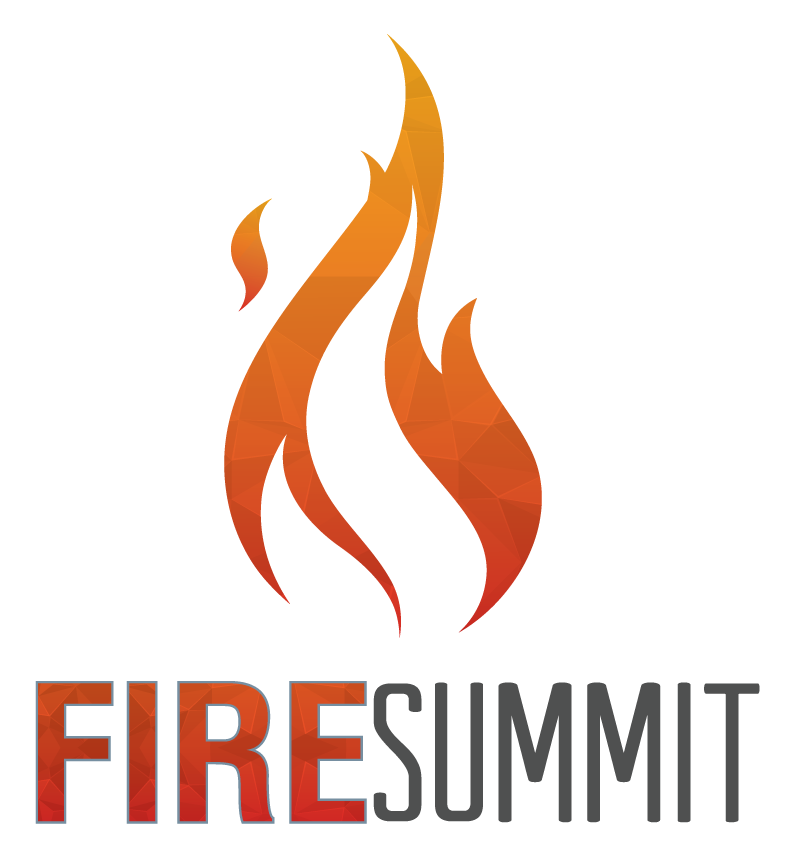Snapshot
Beaver Achievers: Digital Writers in the First Grade
The school year 2020 brings an entirely different era of needs for the classroom. Just like educators across the region, state and country, how will I cover the content? How will I reach learners in a differentiated manner? How will I aid the students who need that tactile experience to items such as blocks, counter, etc. Compiling a means of digital resources for my little learners. Then, comes the idea of journals. Writing is such a big aspect of my classroom as not only am I building upon their handwriting and fine motor skills at this grade level, but also the means of developing their own writings. Writings that will ensure they are ready for that next grade level’s needs in the ELA department. Therefore, I am left with the problem at hand. How could the implementation of digital notebooks inside our twenty-first century first grade classroom enhance fine motor skills, convey understanding, and student success across the curriculum, primarily in the area of composition: while providing ease of usage to students and guardians during a pandemic?
Twenty first century classrooms are designed to produce who are self-efficient to lead their own learning adventures. I want to maintain universal design among my digital classroom. If I plan to implement the teaching style of the twenty-first century classroom, students needed more self-driven tasks. Within the classroom, diversity ranges widely among this group of students. Among the diverse needs, I find that I have students in my classroom who cannot recognize/write their alphabet, decode letter sounds, or recall/write their numbers 1 through 20. Still, I am responsible to present and reach success criteria for the handwriting standards now included in the Kentucky Academic Standards. While on the other hand, students are decoding words, writing simple sentences reading on level, and completing basic addition and subtraction. How can I assess students’ skills and ensure they are legibly printing all upper and lowercase letters and numerals with the correct form?
To achieve success while providing students at first grade level with digital notebooks, my goal is to incorporate both formative and summative assessments along with several enriched activities using Google drive and Google classroom, the Google suite. I will begin by transforming into a paperless classroom, students will use their individual Rocket Books to present their handwritten tasks via the Google Drive/Google Classroom. If given the usage of digital notebooks, students will have access to convey their knowledge in the analogue style, then transfer that knowledge that has been written on their erasable notebooks into a digital format needed to meet the needs of the virtual classroom.
Once students return to the classroom, they will no longer need five notebooks crowding their desks, or the loss of paper. Instead, students will retrieve their digital (Rocketbook Notebooks) to complete their writing tasks, i.e. their journals. In first grade classroom, I use a Response notebook/journal. Knowledge notebook/journal, and a Vocabulary notebook journal alone for reading. In mathematics, students use their journal to respond and prepare for short answer questions. Now while some may question and say. “How will the digital notebook differ from the traditional notebook?” I will answer with, the digital format will allow my students to still access those needed fine motor skills and usage of writing utensil, while no longer transferring papers back and forth, or losing their notebooks. Instead, students can convey their knowledge onto the digital platform, store it into Google drive, and onto our Google classroom which will in return allow me, their teacher, to not only assess their knowledge on a topic, but their form and presentation of handwriting which is a standard in first grade. “The usage of these digital notebooks throughout the course of 2020-2021 will allow student to continue to form the upper-lowercase letters and numerals and prepare them for the introduction of the formation of uppercase cursive letters in second grade.
In order to fully understand the usage of digital notebooks, I needed to understand what to expect and receive the support of administration in our district. While technology is expected daily, it is limited. We are fortunate enough to have Smart Boards in each classroom, and at least 4-5 computers. However, through administrational support, I will transform integration of technology at Beaver Elementary in a way that has never been utilized, students will now be given the opportunity to handwrite at home, and digitally transfer it to their teacher. I will need the “blessing” of administration and the “go” to provide my students with handwriting activities and assessments in a digital manner. Furthermore, with administration support of my principal, instructional coaches, and other teachers, my hopes are to inspire other teachers to step in the universal design of instruction in a meaningful purposeful way. Our district strives for us to implement Google Classroom, and with practice and implementation, I hope to encourage and provide professional development among the usage of Google Classroom through a new format, creating a form of assessment for all learning styles.
With much research, I found that educators who have implemented digital notebooks, found that not only will the Rocketbook improve handwriting skills needed, but will allow students to transfer their math problems and answers with ease. Teachers were able to seamlessly return graded work back to students. Furthermore, I found that teachers were able to provide collaboration further than just a group chat, which was meaningful, but now students were able to share their brainstorming ideas throughout question and response in a painless manner and NOW everything was in ONE place for the teacher and student. Teachers now had access to their notes without any hassle of notebooks. Furthermore, one teacher pointed out that students were now able to use their handwritten notes in Google drive into a digital format (typing assignments) which is something lower elementary students don’t primarily do on a regular basis. This in return strengthens both their written and typing skills and prepares them for real world events on a higher level, i.e. future college courses (how many of us used our notes to type our term papers?)
Furthermore, research has proven that the Rocketbook Beacons allows educators like me to still use our whiteboards and make them lasting. In other words, while teaching digitally, educators are now given access to transfer written notes/instruction into the Google Drive and Classroom for students who need that visual reference point, all with the click of mouse Educators point out this makes virtual learning seem more “normalized.” However, why stop there? Beacons can be later used to transfer the day’s written lesson from the whiteboard into Google classroom for parents and students to refer back to (if/when classes return to in-person) Lastly, Rocketbook allows educators access to a free downloadable Rocketbook pages, which then in return allows educators to create a custom worksheet, then, students can write on the page!
Digital notebooks in a first grade classroom will heighten sharing, engagement, independent learning, differentiation, and ownership, all of which universal design/twenty-first century classroom QR codes to model written work have experienced more success than whole or small group instruction ownership over the knowledge they create. Primarily, my goal is to provide individualized differentiated instruction to meet the needs of first grade students. We will begin implementing digital notebooks in the beginning of October and the results will be measured in the earlier part of April. Success of digital notebooks will be measured through weekly data notebooks/wall MAP assessment scores in mathematics and reading, which will be recorded using our data wall. Administration observations (both formal and informal walk-thru) will also be indicating factors that Rocketbook digital notebooks are enhancing academic engagement and individualized student success. I will analyze and record observations through feedback from administration.

